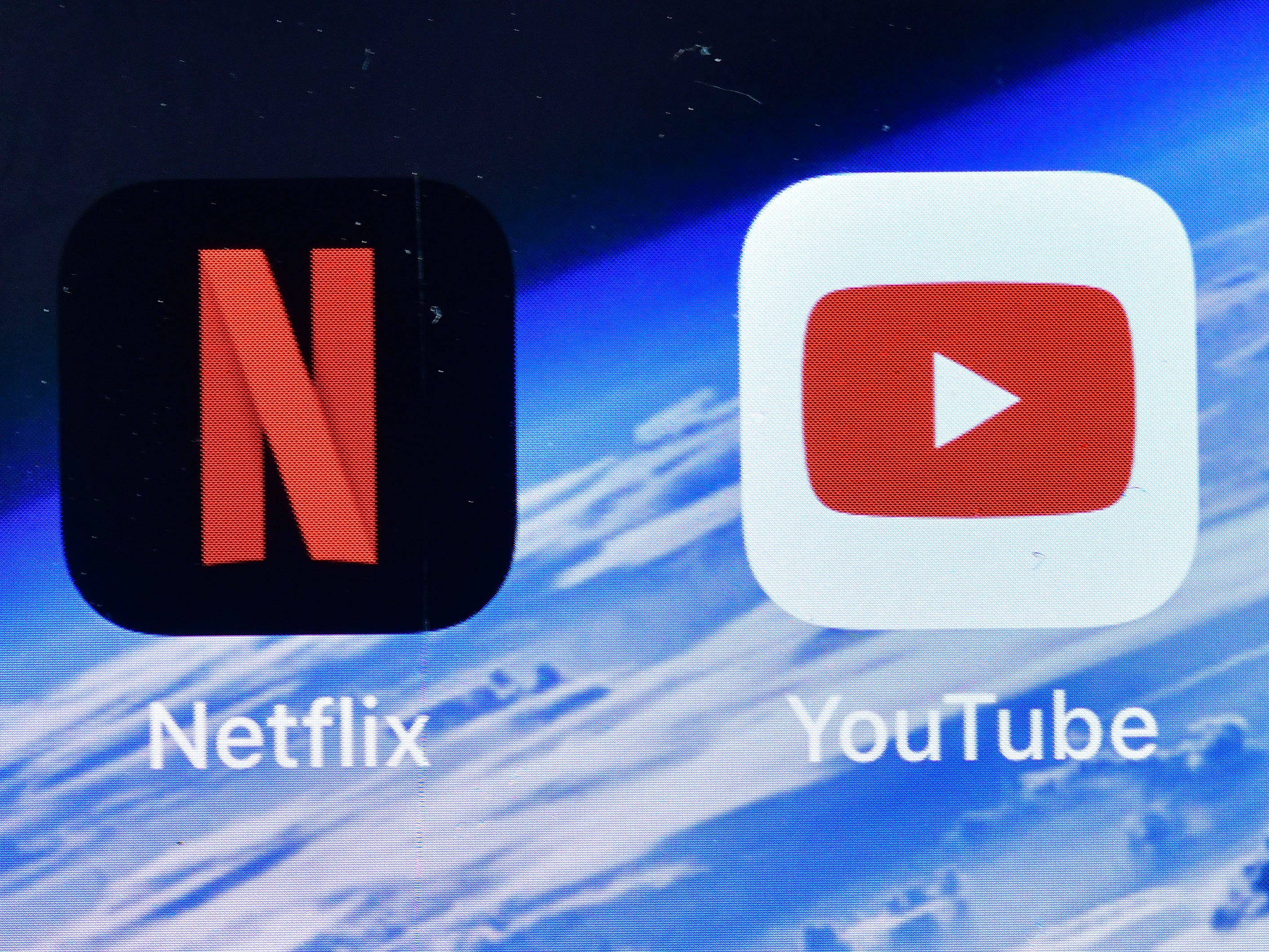Netflix has had a great few months. It watched its hit limited series Beef rack up wins at both the Emmys and Golden Globes, and it just had its best Q4 ever in terms of subscriber growth, adding 13.1 million users. On top of that, a recent Nielsen streaming report revealed Netflix had a usage rate of 7.9% over the past 12 months, higher than its top three competitors combined: Prime Video, Hulu, and Disney+. The common refrain was that Netflix had finally, and definitively, won the streaming wars.
The only problem? Netflix was number two on the list.
Many in media have never looked at YouTube as a major player, and while the company did fund its own originals for a period of time (with Cobra Kai being its biggest success), it has mostly relied on user-generated content in the nearly two decades it’s existed. But in that same Nielsen report, YouTube’s usage rate sits at 8.6%, a number any other streamer besides Netflix would consider a pipedream. One of the few people who do view YouTube as a threat? Netflix co-founder Reed Hastings. On an earnings call in 2021, Hastings already knew what’s only now becoming clear to so many others:
“Our largest competitor for TV viewing time is linear TV. Our second largest is YouTube, which is considerably larger than Netflix in viewing time.”
YouTube’s sneak attack
YouTube has quietly and methodically turned itself into a media giant, without its own content. YouTube TV, a bundle of other channels, is now the fourth-largest pay-TV service in the United States, with over 8 million subscribers, and in 2023 became the exclusive home of NFL Sunday Ticket, shelling out $2 billion a year for the privilege.
Speaking of big bucks, it’s not like YouTube isn’t paying for content. But instead of producing its own, it’s sharing ad revenue with creators. It’s paid out $70 billion over the last three years to personalities like MrBeast, who has nearly 220 million followers on the platform. MrBeast’s audience is largely Gen Z, a group YouTube has somewhat of a stranglehold on. Piper Sandler’s twice-annual teen survey showed YouTube accounted for 29.1% of teen video consumption as of fall 2023, with Netflix in second place at 28.7%. Hulu was a distant third at 7.7%.
YouTube also has the advantage of mobile devices. As of 2021, 63% of all YouTube views occurred on a smartphone, a number that has surely only grown since then. Just 10% of Netflix’s total viewing can be attributed to mobile.
Of course, YouTube has its own issues. While its short-form video platform Shorts has grown to over 70 billion daily views, it’s still getting beaten by both TikTok and Meta’s Reels. It also has to deal with the headaches that come from hosting user-generated videos, including inappropriate and harmful content. That’s something its streaming rivals don’t have to worry about.
Something they do have to worry about? YouTube’s growing influence on the entertainment industry, and the audience it continues to attract. A tip for Hollywood: it should probably be paying attention too.
While you’re here…
We figured we should give you a few viewing recs for both platforms. You decide for yourself which will win the streaming wars.
YouTube
Creators: YouTube is the place when it comes to content creators. The production value on MrBeast’s elaborate challenge videos rival any TV show, while his giveaways keep people coming back over and over again.
Hot Ones: The Complex Media/First We Feast interview series features host Sean Evans chatting with some of the most famous people on the planet, all while downing incredibly spicy buffalo wings. In 2022, the show received a Daytime Emmy nomination for Outstanding Talk Show Entertainment.
Movies: Believe it or not, YouTube is a great place to go for free movies (with ads of course). Classics like Bye Bye Birdie, Clueless, and Heat are all available on the platform.
Netflix
Beef: The limited series about a road rage incident that spins out of control, starring Ali Wong and Steven Yeun, swept its categories at both the Emmys and the Golden Globes.
Maestro: With just weeks to go before the Academy Awards, now is the time to catch Bradley Cooper’s love letter to Leonard Bernstein. If Cooper’s acting and directing isn’t enough, Carey Mulligan’s electric performance will be.
Avatar: The Last Airbender: Despite so-so reviews, the latest attempt to turn Nickelodeon’s epic fantasy animated series into a live-action drama is visually stunning, and a must watch for any fan.













